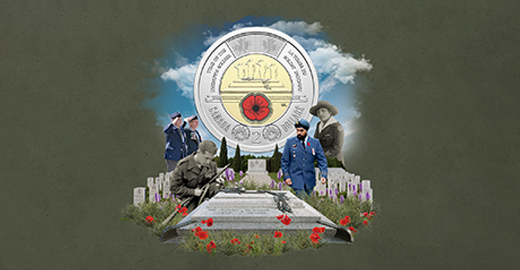Meet Canada’s Pathfinding Pioneers!
- Jul 01, 2020
- Canadiana
- 5 minutes read
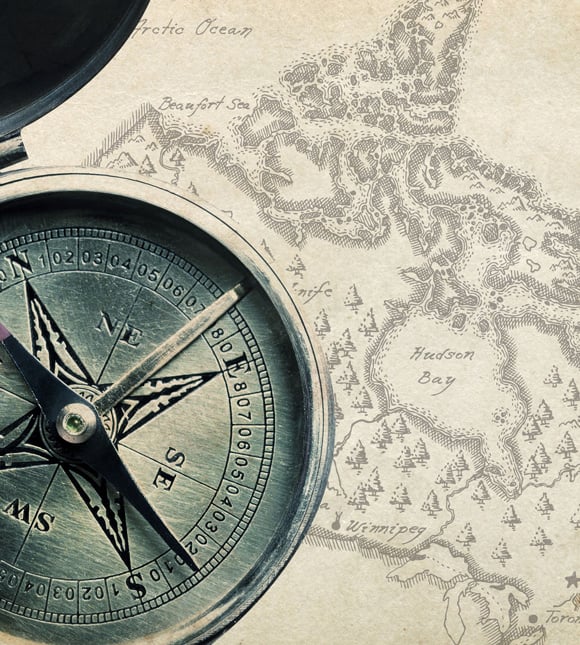

Starting from Canada’s Viking Age and ending with a 20th century trailblazer, let’s meet Canada’s pathfinding pioneers!


Leif Erikson (c. 970 – 1020)
The son of Eric the Red is the first known European to have set foot on Canada’s shores. Setting sail from Greenland in the year 1000, Leif and his companions likely sighted the shores of Baffin Island (Helluland) and Labrador (Markland) before landing and wintering near L’Anse aux Meadows, N.L., site of the only authenticated Viking settlement in North America.
John Cabot (c. 1455 – c. 1498)
Born Giovani Caboto in Gaeta (near Naples), Italy, John Cabot and his crew were the second known group of Europeans to reach present-day Canada. Sailing under the flag of England, Cabot spotted land during his 1497 voyage and skirted the east coast of Newfoundland, where he briefly disembarked.
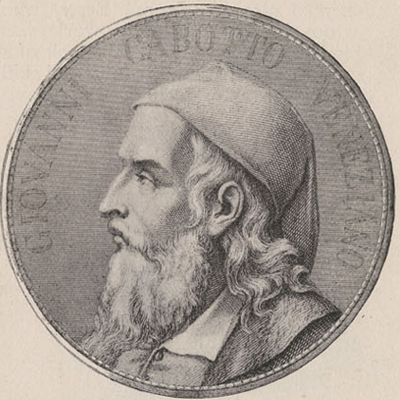



Jacques Cartier (c. 1491 – 1557)
Born in Saint-Malo, France, the French navigator was seeking a northwest route to Asia when he reached the Gulf of St. Lawrence in 1534. Guided by Taignoagny and Domagaya, he returned in 1535 and became the first European to travel up the St. Lawrence River as far west as Hochelaga (site of present-day Montreal) and the Lachine Rapids.
Martin Frobisher (c. 1539 – 1594)
A former privateer, Frobisher dreamed of finding a fabled Northwest Passage. In 1576, he became the first European to reach the waterway that now bears his name, Frobisher Bay (Nunavut). He completed two more Arctic voyages, in 1577 and 1578, and was the first European to attempt to mine for gold in Northern Canada.
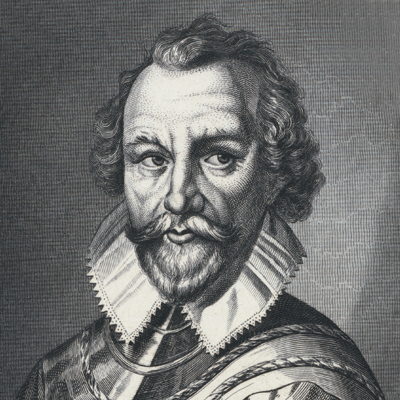

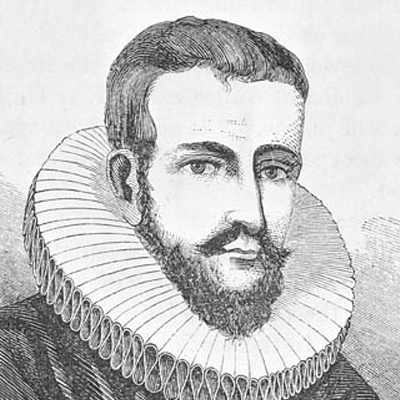

Henry Hudson (c. 1570 – 1611)
Hudson made several attempts to find the Northwest Passage. In 1610, his exploration of the Davis Strait led him to the strait that connects the Atlantic Ocean with the immense bay that now bears his name, Hudson Bay. After criss-crossing James Bay, Hudson and his crew became the first Europeans to winter that far north, but he vanished after a mutiny in June 1611.
Samuel de Champlain
The “Father of New France” was a skilled cartographer who surveyed portions of the Atlantic coastline, the St. Lawrence River and parts of the Great Lakes. His writings and charts laid the foundation for further exploration inland. In 1608, he built the first permanent (and continuous) habitation in New France on the site of present-day Quebec City.
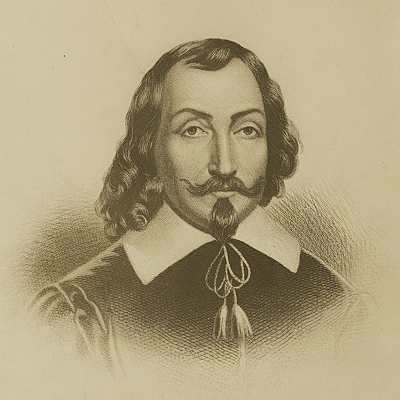

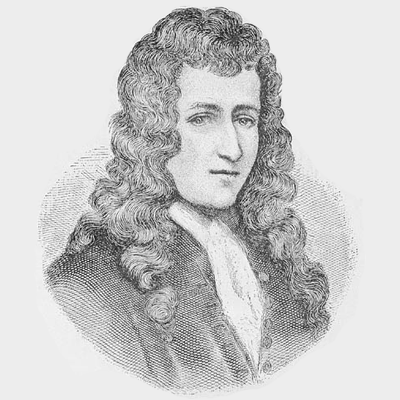

René-Robert Cavelier, Sieur de La Salle (1643 – 1687)
After his arrival in 1667, the former Jesuit set up a fur trade outpost near the Lachine Rapids. He completed several expeditions down the Ohio, Illinois and Mississippi Rivers, where he set up a network of forts and trading posts. Upon reaching the Gulf of Mexico in 1682, he named the region “La Louisiane” in honour of King Louis XIV.
Pierre Gaultier de Varennes, Sieur de La Vérendrye (1685 – 1749)
Born in Trois-Rivières, La Vérendrye dreamed of finding the western sea that lay beyond the Great Lakes. With the help of indigenous guides, La Vérendrye and his crew (including several family members) pushed the limits of New France farther west as he explored the lakes and rivers of Manitoba and southern Saskatchewan.
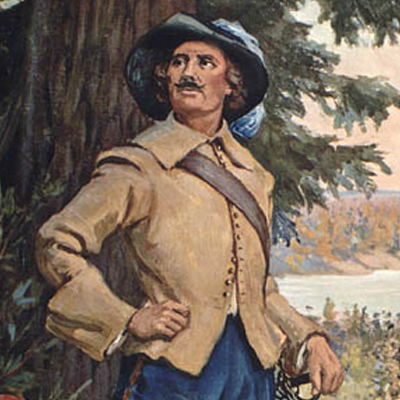



George Vancouver (1757 – 1798)
A talented cartographer, Vancouver was a member of James Cook’s expedition to the northwest in 1778, when they became the first known Europeans to set foot on Canada’s Pacific shores. Between 1791 and 1795, he charted the west coast from 30oN to 56oN and travelled some 96,200 km in his quest for the Northwest Passage.
Alexander Mackenzie (1764 – 1820)
The Scottish-born fur trader was the first European explorer to reach the Pacific by crossing the continent. Helped by indigenous guides, Mackenzie’s first expedition in 1789 led him down the long river that bears his name, the Mackenzie River, until he reached the Arctic Ocean. He returned to lead a second expedition in 1793 and eventually reached Dean Channel.
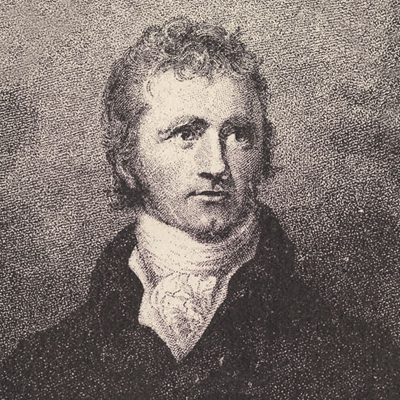

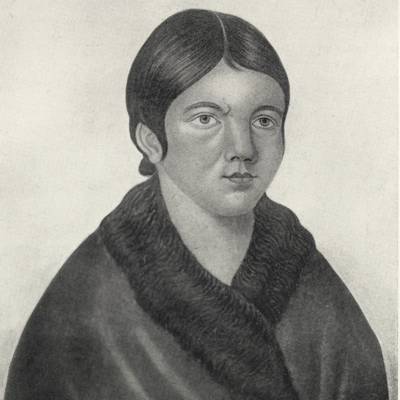

Shanawdithit (1801 – 1829)
The last surviving member of the Beothuk Nation in Newfoundland, Shanawdithit was taken by the British in 1823 and learned English while working as a servant. After moving to St. John’s in 1828, she played a key role in preserving Beothuk culture and history through her illustrations and translation work.
John Franklin (1786 – 1847)
Franklin’s quest for the Northwest Passage added to our broader knowledge of the Arctic. He led four Arctic expeditions, including one in 1826 that mapped the coastline west of Coppermine River. Last seen in Baffin Bay in 1845, the disappearance of Franklin, his crew and his two ships, the Erebus and the Terror, became one of the great mysteries of the age of exploration.
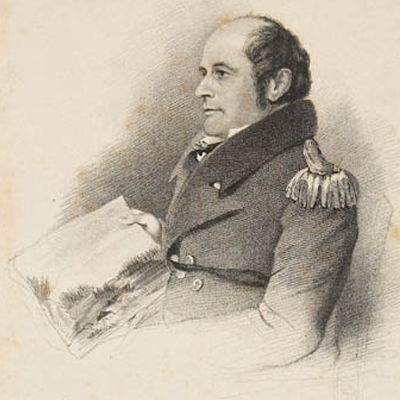

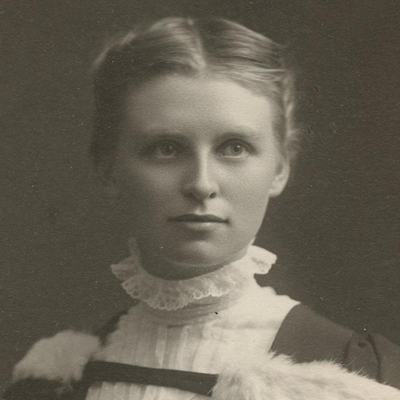

Kate Rice (1882 – 1963)
Dubbed “Extraordinary Woman of the Wilds,” Canada’s first female prospector was born in St. Marys, Ont. The former teacher turned homesteader learned the Cree language and took up prospecting in Northern Manitoba. Her copper and nickel discoveries helped transform Thompson, Man., into a mining hub.
